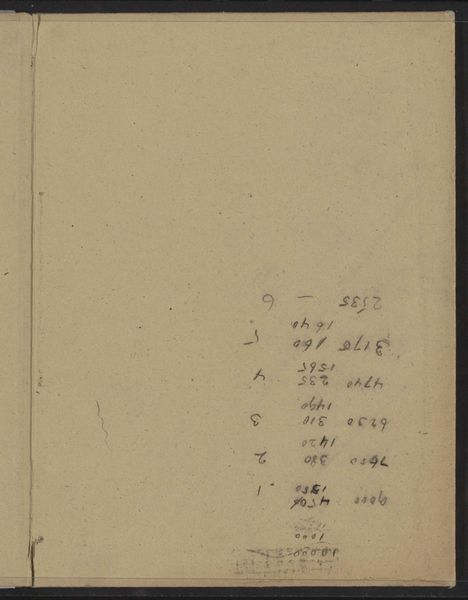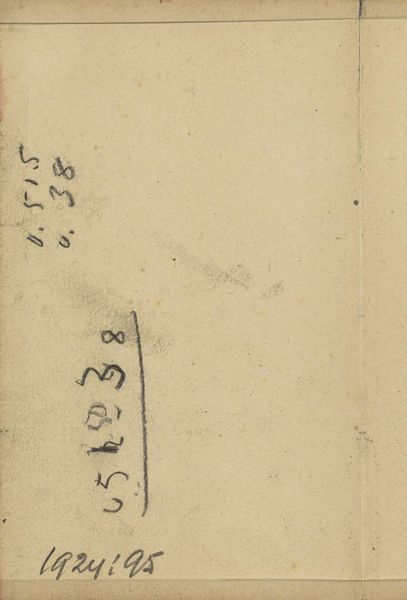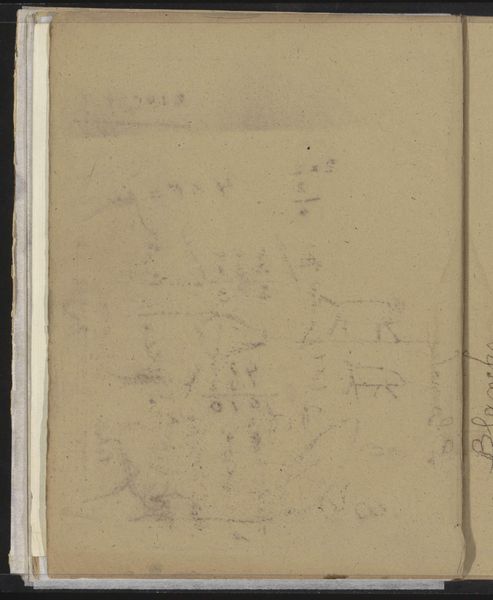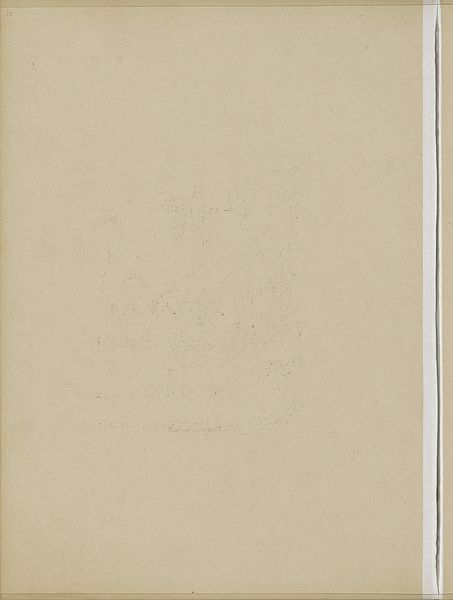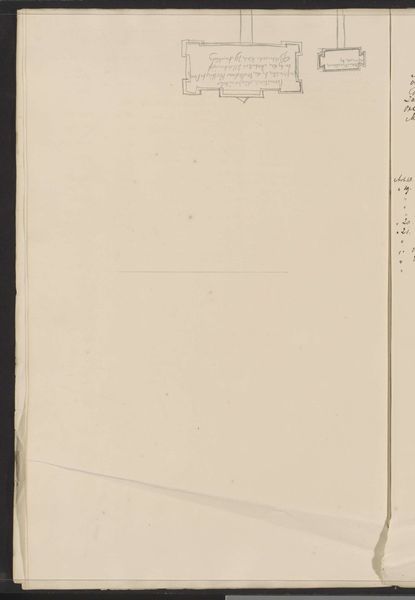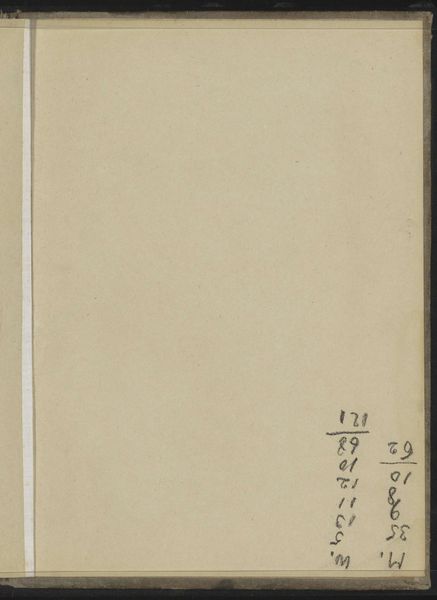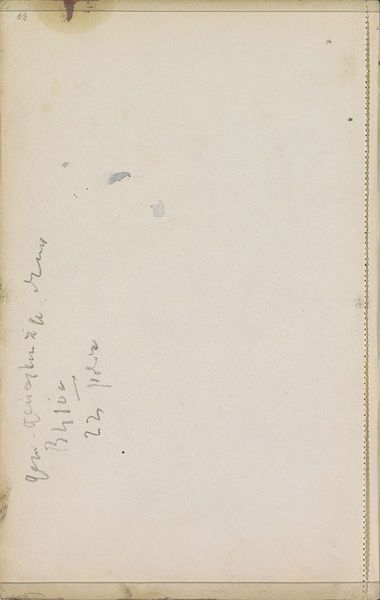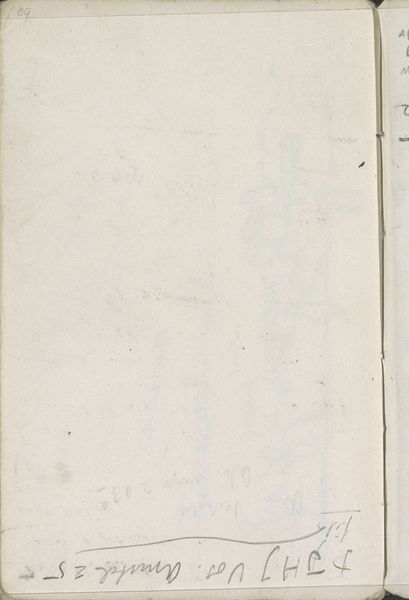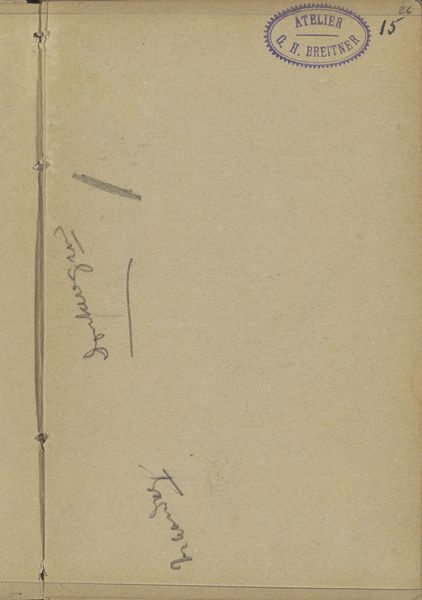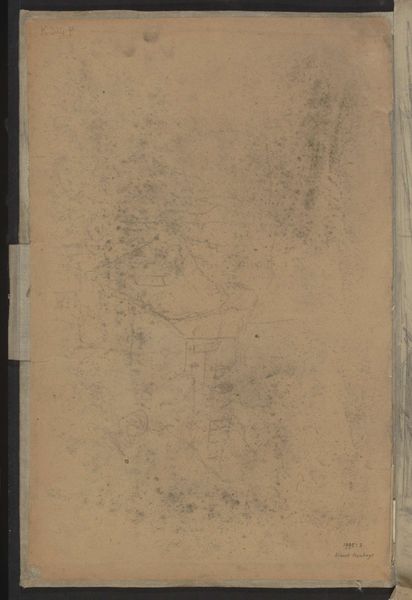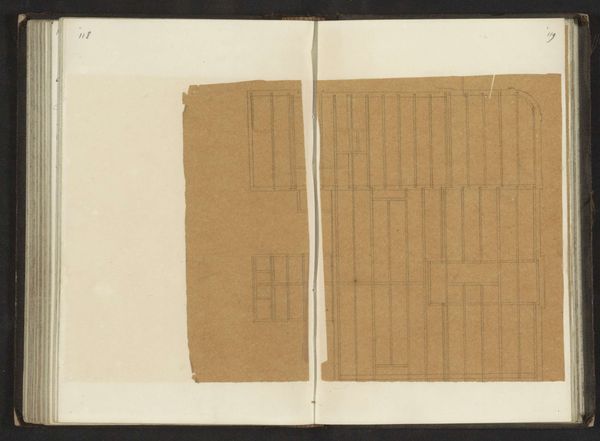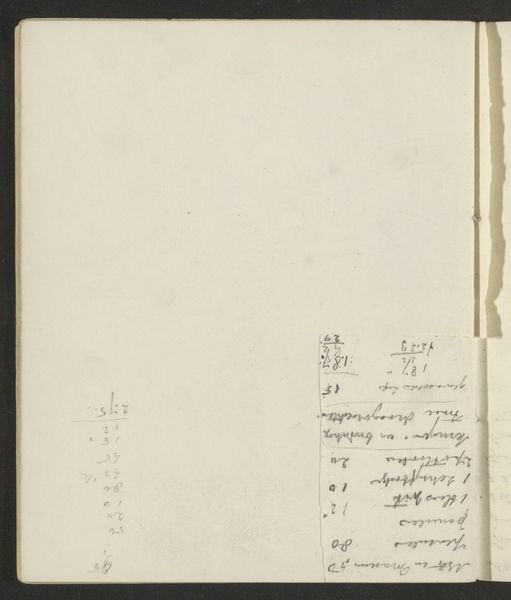
drawing, paper, ink
#
drawing
#
impressionism
#
paper
#
ink
#
abstraction
Copyright: Rijks Museum: Open Domain
Curator: Immediately, I am struck by its intimacy, it’s so delicate! Editor: We’re looking at “Abklatsch van de annotaties op pagina 99,” or “Copy of annotations on page 99,” a drawing by Willem Witsen, dating from about 1884 to 1891. It’s ink on paper. Currently, it resides here at the Rijksmuseum. Curator: You know, seeing it up close, you notice how the thin paper becomes almost as significant as the faint inscriptions. I imagine Witsen carefully selecting this material. Was it common to see artists using such delicate, seemingly ephemeral paper during that time? Editor: Well, materiality is always key, isn't it? Consider how Witsen and his contemporaries were challenging academic art. This "Abklatsch"— a rubbing or impression—speaks volumes. It reflects a shift toward everyday subjects, rendered using readily available materials. It asks questions about the hierarchy between a sketch and a finished artwork. Curator: Interesting. For me, knowing it’s a rubbing transforms my interpretation. I tend to perceive its incompleteness, almost like a trace left behind by the artist or perhaps some unknown reader, an imprint of a thought. I wonder, what source material was he reacting to and were these copies used privately within the social circles around the "Tachtigers" group, or were these intimate workings meant for a public eye, if ever? Editor: It's that intentionality I question. "Abklatsch" implies reproduction, perhaps pointing to the growing accessibility and dissemination of information during that era. A literal copy of ideas. A political statement using material accessibility? Were copies as politically subversive as original works of art at this time? The social context becomes palpable when thinking about Witsen’s potential motivations, and of course, what the work communicates about how we consider something “original.” Curator: It’s certainly an artifact brimming with questions about artistic production and social communication. It's always about how the artwork influences the politics and culture in its milieu. Editor: And of how labor and materials democratize artistic movements, allowing wider access to the conversation. Curator: A wonderfully subtle intersection of intellectual life, material production and social history then! Editor: Indeed. Art as echo chamber, reproduced but with faint clarity on a page.
Comments
No comments
Be the first to comment and join the conversation on the ultimate creative platform.
